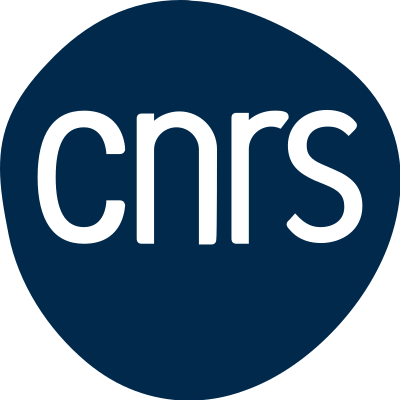Pipelines
BiRD develops data analysis pipelines with SnakeMake technology. This workflow development language is very efficient thanks to its fast and clear execution environment.
We are particularly working on developing reproducible pipelines. In the context of genomic data analysis, the same software components must be deployed in multiple environments for reproducibility, scalability and sharing issues.
To promote the principles of FAIR (Findable, Accessible, Interoperable, and Re-usable), the implementation of controlled software environments becomes mandatory. We seek to define good practices based on proven or promising tools: Git, Conda, SnakeMake, Jenkins and Docker.
These good development practices aim to promote data analysis pipelines accessible through web-based resources as well as pipelines that can be exchanged and re-run in the long term.
We are particularly working on developing reproducible pipelines. In the context of genomic data analysis, the same software components must be deployed in multiple environments for reproducibility, scalability and sharing issues.
To promote the principles of FAIR (Findable, Accessible, Interoperable, and Re-usable), the implementation of controlled software environments becomes mandatory. We seek to define good practices based on proven or promising tools: Git, Conda, SnakeMake, Jenkins and Docker.
These good development practices aim to promote data analysis pipelines accessible through web-based resources as well as pipelines that can be exchanged and re-run in the long term.
Shares
Our pipelines are hosted on our registery on GitLab@univ-nantes and registered on Biotools platform.
BiRD tools collection
| Tool name | Description | |
|---|---|---|
| microSysMics | This workflow provides an automated microbiome data analysis, starting with sequenced taxonomic markers (such as 16SrRNA) and using the standard QIIME2 toolbox to produce an abundance table and preliminary diversity, phylogeny and taxonomy analysis. | |
| DEPIB | Analysis pipeline using Snakemake for RNAseq analysis in order to find differentially expressed genes. | |
| 3SRP | A Snakemake-based pipeline for 3' sequencing RNA profiling data analysis. This 3’ Digital gene expression sequencing technique allows a precise and low-cost transcriptome profiling. The main steps of the pipeline are: - Samples demultiplexing transform the raw paired-end fastq files into a single-end fastq file for each sample. - Alignment on refseq reference transcriptome is performed using bwa. - Aligned reads are parsed and UMI are counted for each gene in each sample to create an expression matrix. If secondary analysis has been asked (providing a comparisons file), the expression matrix is normalized and differentially expressed genes (DEG) are searched using deseq2. - If DEG are found, annotation is performed using the database GO and KEGG. - A report is provided listing the main quality controls performed and the results found. Cite : https://dx.doi.org/10.21203/rs.3.pex-1336/v1 | |
| pyBRAvo | From a list of genes, pyBRAvo produces upstream regulation or signaling networks. pyBRAvo internally leverages the BioPAX ontolgy, the PathwayCommons knowledge graph, and the SPARQL semantic web query language. pyBRAvo can be used through either a Jupyter notebook, or a command line interface. | |
| MiBiOmics | An interactive web application for multi-omics data exploration and integration. A web application for multi-omics analysis. |
Mis à jour le 30 September 2020.





